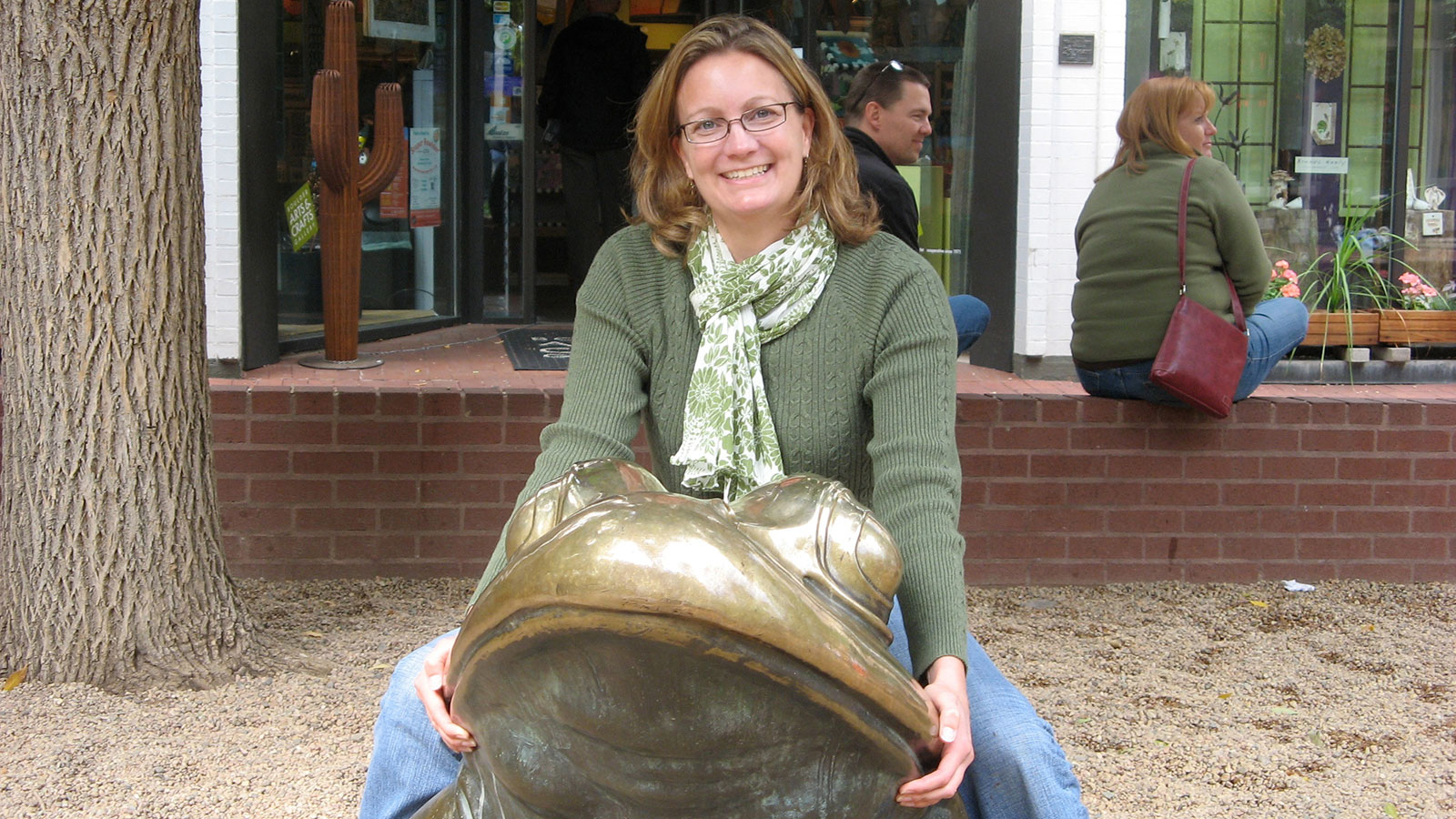
How recasting your guests’ journey in 2016 could be the competitive advantage that you’re looking for
What is the nature of a benefit? In a world of loyalty programs, it‘s something additional. A player visits a casino. A player plays a slot machine. A player enjoys the thrill of her experience. Meanwhile, a player earns benefits for her play.
We tell our players that if they play, they will earn benefits. If they play more, they will earn more. If they earn more, they will get more. If they visit regularly, they will achieve a greater level of status with our company and will be showered with additional benefits, access to amenities, and recognition. We set expectations with the customer based upon an exchange of benefits for tracked play. We hope that the anticipation of greater rewards will engender more business.
And then we break our promises.
When the promise of a benefit falls flat
“Congratulations! You have been placed on the First Class Upgrade List!” United texts and emails me this message the day before every departure from the Denver International Airport. This is a benefit of achieving their Premier Silver status. As I wait in line to board the plane, I eagerly scan the First Class Upgrade List. There are three pages of passengers awaiting an upgrade for eight available seats. I am on page three at number 34 on the list. Instead of a benefit, it is a laughable letdown. You’re invited, but you’re not welcome to the party.
United is a regular punching bag for my loyalty program frustrations. And yet, I cling to pursuing status because of the one or two benefits that mean something to me.
If you have introduced kiosks to your floor, you may be unwittingly dis-incentivizing your customers with similar promises.
Answer this question. If a player achieves a certain number of points, are they invited to play a game at the kiosk for a reward? This can be a great tool for players to play just a bit longer to earn that extra point for an additional chance to win. Here is where the program falls apart. If the chance to win one of the larger prizes is based upon Tiered Card status, coin-in, or ADT, you have already sucked the life out of the incentive. Not so random randomness makes sense on paper, but will fail on the floor. You have Player Development to spoil your top players. You have Direct Marketing to engage the middle worth segments. You have the kiosk to thrill those who are too numerous to touch individually. Be wary of your kiosk strategy if you have structured the payback to only acknowledge “your best customers.” Consider putting randomness back into the way you award your rewards. A High Trip/Low Worth guest is getting very little from your Direct Marketing program, and is an unlikely candidate for a Host. Can you imagine a player’s delight when she receives an unexpected windfall? Take a second look at any offer of a chance to win where the player will stand in a line for a prize that they will never have a shot at.
And please tell United Airlines that they need to throw a bone to the lower Tiers once in a while. One flight segment in First Class will make my month, and I promise not to take my shoes off.
When the expectation of more doesn’t happen
It’s a myth: “If you play more, you will get more.” If you look at a trend analysis for ADT, what a player is willing to leave behind doesn’t vary by much. Most players swim in the bandwidth between one monthly Free Play coupon value and the next. Some teeter on the threshold of getting $5 more each week, but few will ever truly launch themselves permanently from one segment to the next. We could base our Direct Marketing valuations on the last few trips to make our coupons more recent. We could tie our coupons to our valuation and dole out each segment in $1 increments. However, few marketers want to segment themselves into oblivion.
Instead of directing our customers’ attention to the size of the Free Play coupon, it is better to underscore the number of Points that a player earns during a session of play. What will happen if the player accumulates more Points in a trip, a week, or a month? Will she achieve the next Tier? Will she get invited to a party? Will she earn more drawing tickets?
Free Play through the mailbox has too many factors that play out behind the scenes to place a player’s hopes, dreams, and expectations on what will arrive in the next mailer. Points are real-time. Points are quantifiable. Just make sure that Points mean something along the way.
When the next tier doesn’t really mean anything
Are you willing to spend $10,000 more in the next three months in order to get an additional 5% discount at the gift shop? The gap in benefits from one tier to the next is a chasm that few players want to cross. Instead of spending your marketing brain trust on enriching the list profiled in the club brochure, many programs would be better served by painting an experiential picture of what the next level of status might entail.
The path to the next tier is different for each player. Some players achieve their goals in record time. Others take the full earning period to claw their way to their target level. Walk the walk of the player to ensure that the journey is worthwhile. Change your perspective frequently to test your targets and your value proposition. Is there at least one benefit per tier that is worth bragging about? If a player achieves a level of status, is it worth holding on to? Is the time period to achieve the next tier reasonable? Look through the lens of a seasonal player, for example. Will a player earn his status while he is in town, only to enjoy his achievement when he is out of town?
Setting up the program requires data analysis, customer input, and an eye for detail. Minding the gaps is an art form. Recasting the journey in 2016 could be the competitive advantage that you are looking for.







